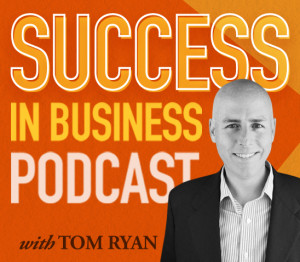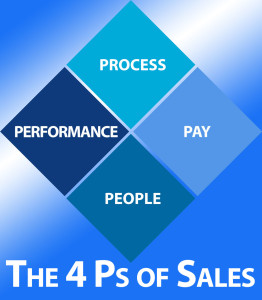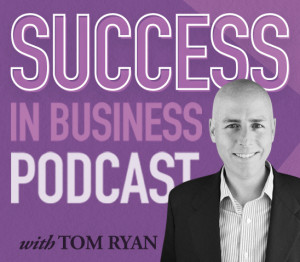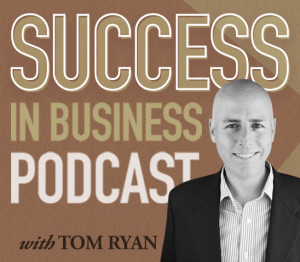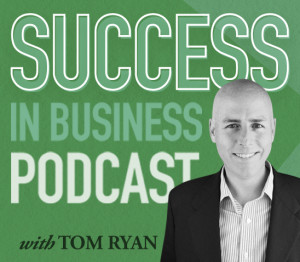Podcast: Play in new window | Download
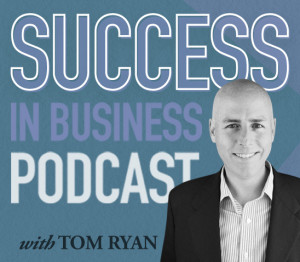 Angel investors generally have a focus. Sometimes their focus is on a geographical area or customer demographic, other times it’s on a market niche or specific industry. Some groups even go as far as distinguishing between true startups and other early stage companies. Because these groups don’t want to waste time talking to founders whose businesses don’t fit within the scope of their interests, they almost always make this information easy to find. This means the first step for finding angel investment money is often finding the right angel group to talk to.
Angel investors generally have a focus. Sometimes their focus is on a geographical area or customer demographic, other times it’s on a market niche or specific industry. Some groups even go as far as distinguishing between true startups and other early stage companies. Because these groups don’t want to waste time talking to founders whose businesses don’t fit within the scope of their interests, they almost always make this information easy to find. This means the first step for finding angel investment money is often finding the right angel group to talk to.
In today’s episode, host and business coach Tom Ryan talks about investor criteria using a group that’s close to home, local angel investment group Asheville Angels. As always, Tom is joined by co-host and producer Jason Pyles. Continue reading


